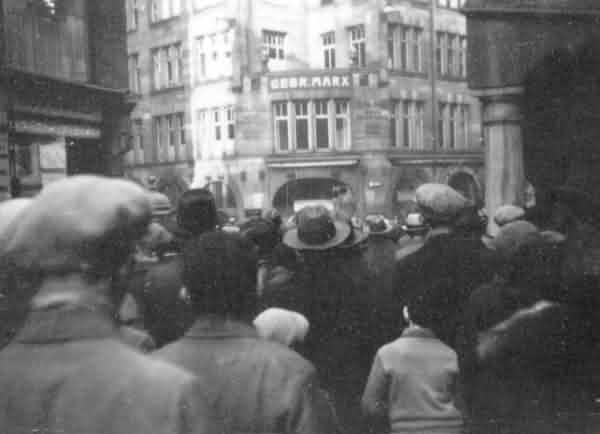
|
Dora Friedmann is the daughter of Rudolf and Gertrud Bing (see above). After the Nazi takeover in Germany she gave up her profession as a kindergartner and prepared herself for emigration to Palestine by attending a farming school. In 1934 she went to Erez Israel. Soon she got married and together with her husband Fred she took part in the construction of Kfar Shmaryahu, a settlement named after the Zionist poet Shmarjahu Levin. The story of her life and the fates of the other pioneers originating from Nuremberg are described in her own words. The photos of Kfar Shmaryahu are taken from an anniversary booklet of the settlement. |
The first stages of Nazi terror such as the boycott day April 1, 1933, made me change my thinking. I understood that for me there was no future in Germany and I would have to leave my native country soon. A home for me and my future family could only be found in Palestine.

A hostile crowd in front of the Jewish store "Gebrueder Marx" at Kaiserstrasse 36, March 1933 (NCA E 39 no. 1123) |
After a two-years stay in Jerusalem I got married. At that time our decision to settle was typical for many emigrants. The society Rasco, founded by the Sochrut, matched our plans and means. 1000 English pounds were ½ Dunam ground, a standard house (2 rooms), a chicken-coop for 300 chickens and 100 chickens, enough for the living of a couple. It was important that experts were at our disposal in every field. After we also liked the place we decided as soon as possible and signed the contract. We moved to the proximity of our new home to a rented room in Herzlia. Every day we sought work or helped at the construction of our village or at the orange harvest. We had of course invested our whole money. - New settlers arrived almost every day. Almost all of them like us were from Germany. We had the same problems and discussed the future. - Then we moved into a tin shack built by my husband, and became the second family to move to Kfar Shmaryahu. Finally, after four months our house was completed.
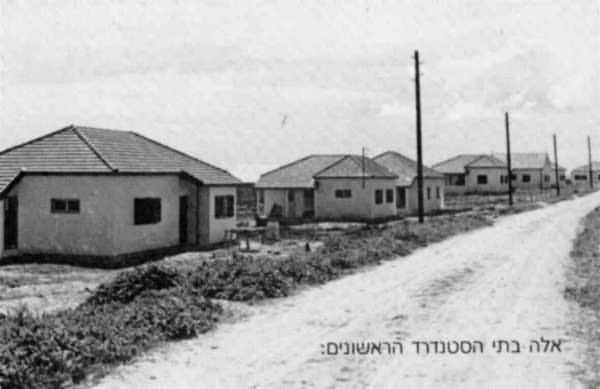
Now I like to report about our former Nuernbergers: Ludwig and Dina Schloss (manufacturers) came here with three daughters to build up a new existence themselves. The oldest daughter was in agricultural school. The second daughter studied in Jerusalem at the art school. For several years two very old grandmothers lived in the house, too. Because of his abilities and experiences Schloss soon became the chairman of the agricultural cooperative, which had to accomplish various tasks within the first years. He organized series of concerts and brought the best artist of the country to our village. Today only Ruth Schloss, a well-known painter, with her husband Benjamin Cohn is still living in the village.
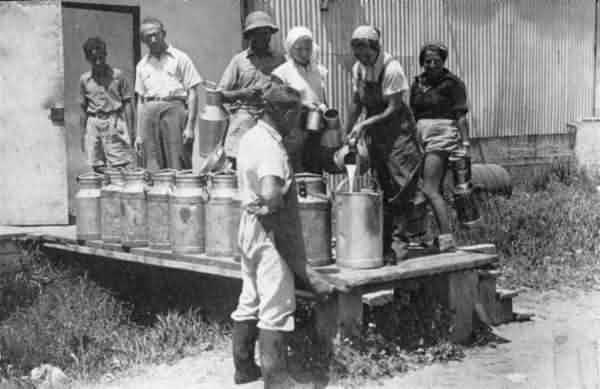
Elsbeth Bernheim, nee Steinacher, married to Siegfried Bernheim from Passau, settled on a plot of five Dunam, the same size as the Schloss family. With them lived Elsbeth's father, also from Nuremberg and between 60 and 70 years old. He helped much with the work and went to the field service together with the younger men. The parents of Siegfried also lived with their children for years. Now only Elsbeth and her two sons with their families are residing here. Both have other professions than farmers.
Ludwig Obermeyer and his wife also originated from Nuremberg. He was a physician but could not get a license since there were already too many doctors. So he purchased a small farm and went to field service. He worked much too hard for his age. Only his son and his family live here today. The daughter is in an elder care home.
Rudi Rosenfeld and his parents settled here in 1940. They had a print shop in Nuremberg. He married Lotte Steinacher, a cousin of Elsbeth Steinacher. They had 2 ½ Dunam ground and a little chicken-coop for some time. Then they opened a family pension. For many years Lotte's parents also lived with them. The only recent resident of the Rosenfeld family, Lotte is in the nursing home. The son with his family no longer lives here in the village.
Ludwig Frank and his wife Sofie, nee Bieringer, owner of a shoe factory in Germany: He was the co-owner of the local diary for several years. They returned to Germany.
Dr. Ludwig Heusinger, Nuremberg, and Lotte, nee Midas from Fuerth: He was my partner in the poultry business which we extended. We worked together many years. He did not have any agricultural ground. We had 1000 layer hens with rearing on my property. Later he became manager of a bank's branch and his wife operated a little family pension. They have died without leaving children.
Our village has changed. We live near the city of Tel Aviv in the most densely populated area of our country. We are something like a exclusive suburb today.
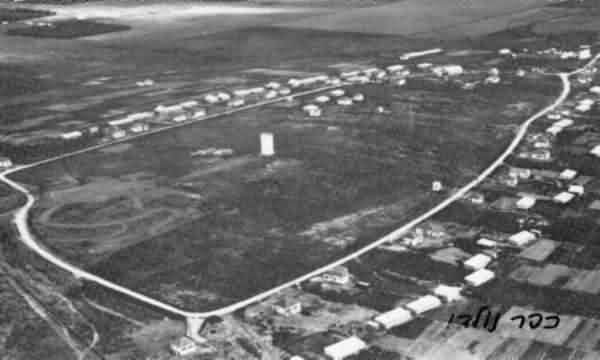
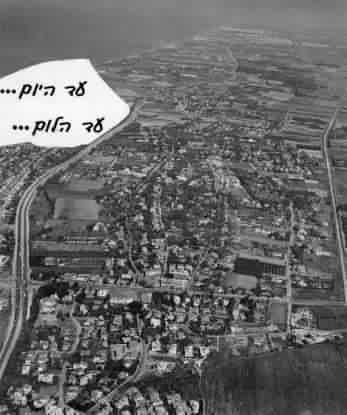
My husband had been a plumber apprentice before his emigration. He worked in this profession at first. Soon he got involved in the organization of the agricultural cooperative and became its long term secretary. The chairman of the cooperative was Ludwig Schloss from Nuremberg. Later on Fred Friedmann worked in the organization of other middle-class villages which were founded after ours. He also was the honorary vice mayor of our village and primarily organized the cultural activities in Kfar Shmaryahu. He of course helped me on the farm and in the house, too. He died in 1975. 1938, 1940 and 1951 our three daughters were born. Shortly before the war broke out my parents were able to come to Palestine. They arrived without means, requested by me and my sister Anni Bein in Jerusalem. For them we added another room to our house. My mother needed much help, since she always had been sickly. Because neither of my daughters wanted to work here as a farmer, we gave up the farming. Two of my daughters now live in their own houses on our property. Our family has grown extensively: I have got 14 grandchildren and five great-grandchildren.
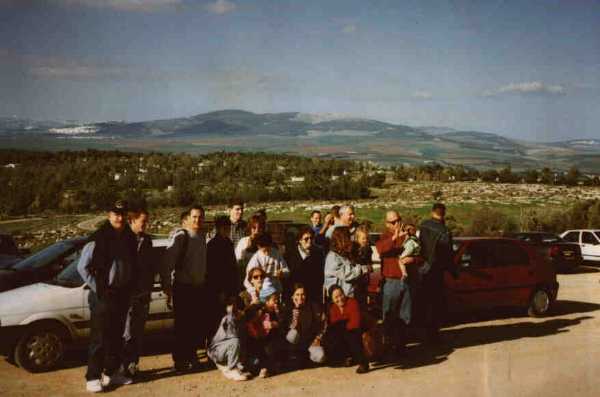
|
JewishGen, Inc. makes no representations regarding the accuracy of
the translation. The reader may wish to refer to the original material
for verification.
JewishGen is not responsible for inaccuracies or omissions in the original work and cannot rewrite or edit the text to correct inaccuracies and/or omissions.
Our mission is to produce a translation of the original work and we cannot verify the accuracy of statements or alter facts cited.
 Leaving Nuremberg
Leaving Nuremberg
 Yizkor Book Project
Yizkor Book Project
 JewishGen Home Page
JewishGen Home Page
Copyright © 1999-2025 by JewishGen, Inc.
Updated 21 June 2003 by LA